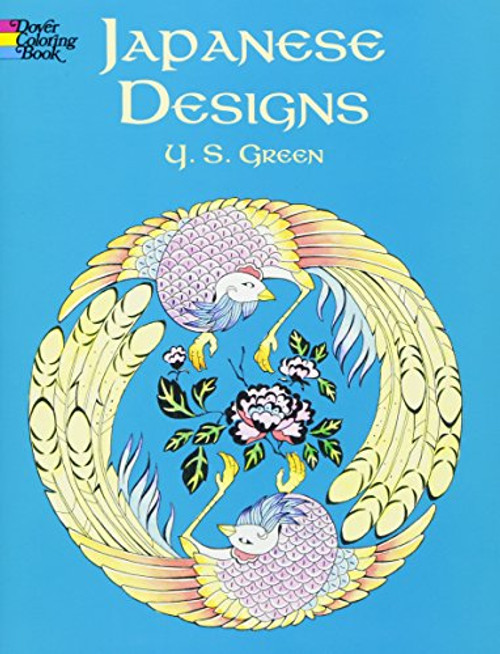Product Overview
The art of Japan is at once an expression of the relative unity of Far Eastern culture and a sophisticated metamorphosis of native aesthetic canons that has produced an international style as distinctive as the Rococo and the Islamic. In a brilliant crystallization of the essence of Japanese design, Dr. Sherman Lee, one of the foremost authorities in the field, recalls the supremacy of Chinese civilization in Asian culture, and reveals, first, how the Far Eastern situation differed from that of the Western world, and then, in light of this, how the Japanese came to assert their own aesthetic inclinations. Dr. Lee's lucid analysis, substantiated by the finest examples of Japanese art (32 color plates, 800 black-and-white plates, including 17 pages of Japanese mon, or family crests), offers a stimulating discussion of how Japanese art differs from Chinese, going beyond mere generalities to the quintessence of Japanese aesthetic design.
According to Dr. Lee, the Japanese eye delights in asymmetry, intuitive placement, subtle shades and combinations of colors, as compared to the Chinese proclivity toward balance, rational sequence, and purity and separation of colors. The vocabulary of Japanese design is distinguished by the dominance of asymmetric composition, the dominance of the material over the carefully reticent hand of the artist, the dominance of pattern and of motif, often traditional and with literary overtones.
More than an essay about art divorced from culture, Dr. Lee's sensitive introductory text acknowledges the role of the natural and social environment upon the Japanese psyche. His chronological treatment examines the maturation of a sumptuous decorative style that finds its antecedents in Yamato-e of the Fujiwara Period (897-1185). Enhanced by the tea taste of the Momoyama Period (1573-1615), this culminated in the splendid Rimpa style which today still colors the aesthetic sense of modern Japanese. In addition, he discusses the place of ukiyo-e and garden art to present a full consideration of the distinctive vocabulary and singular spirit of Japanese design.






